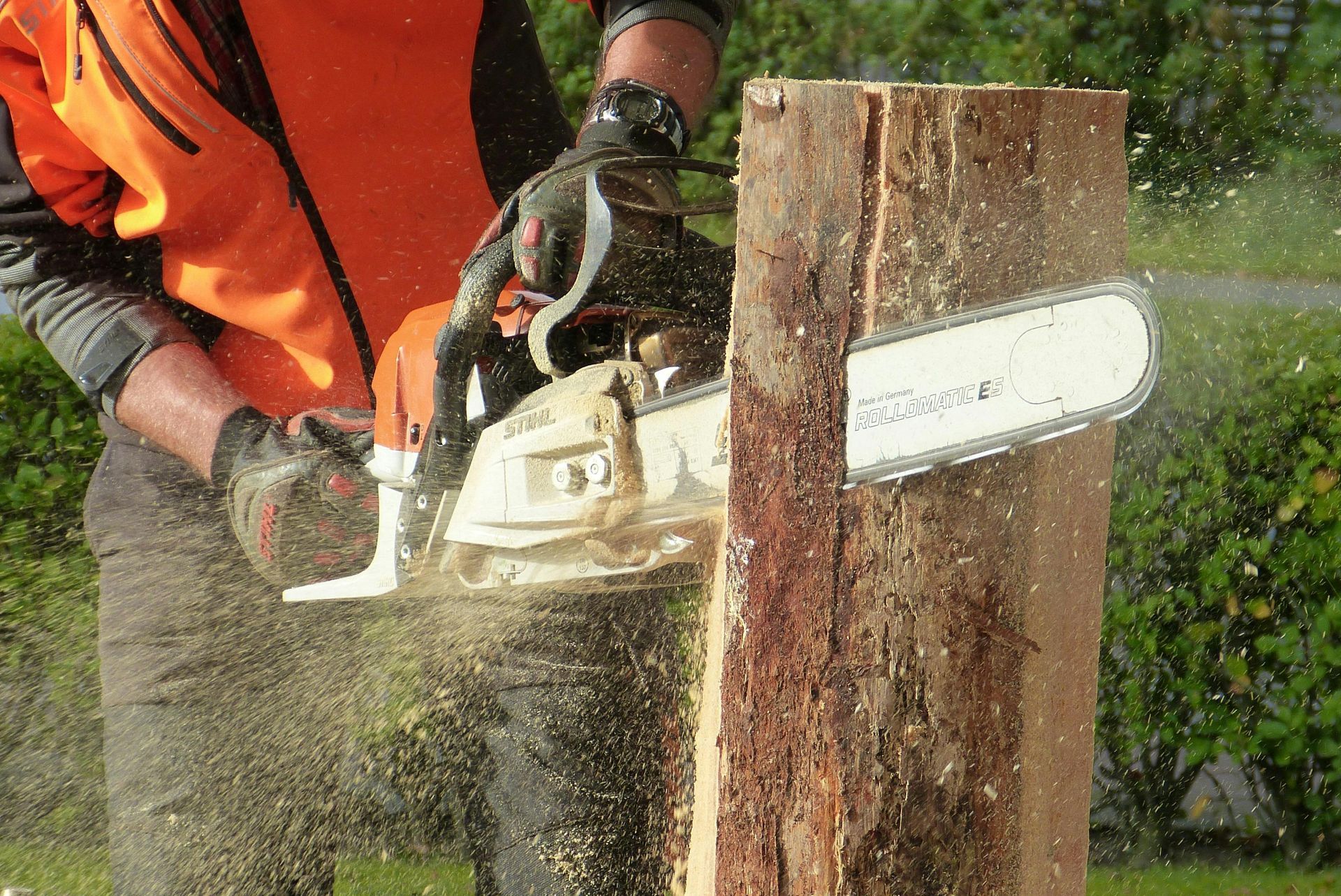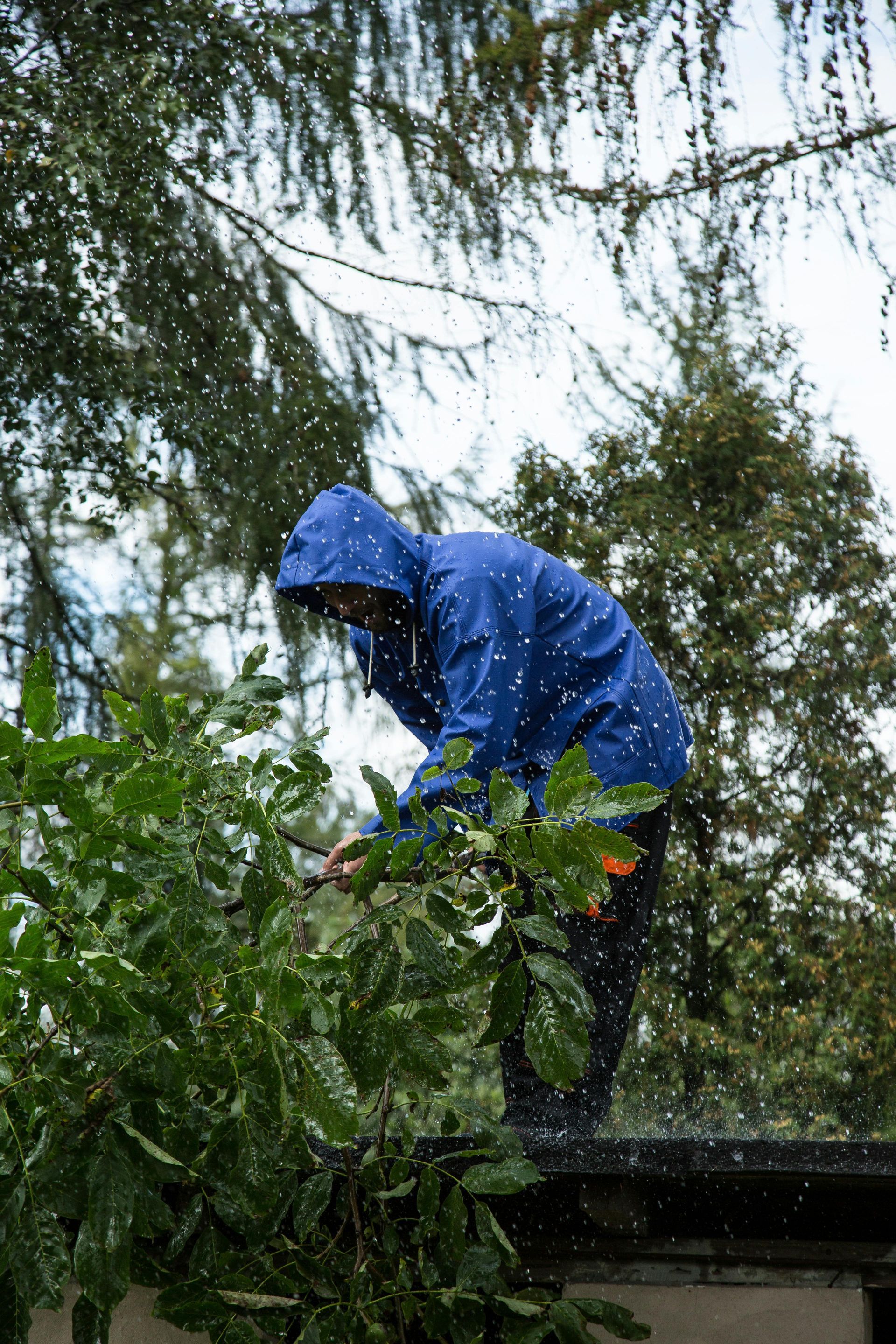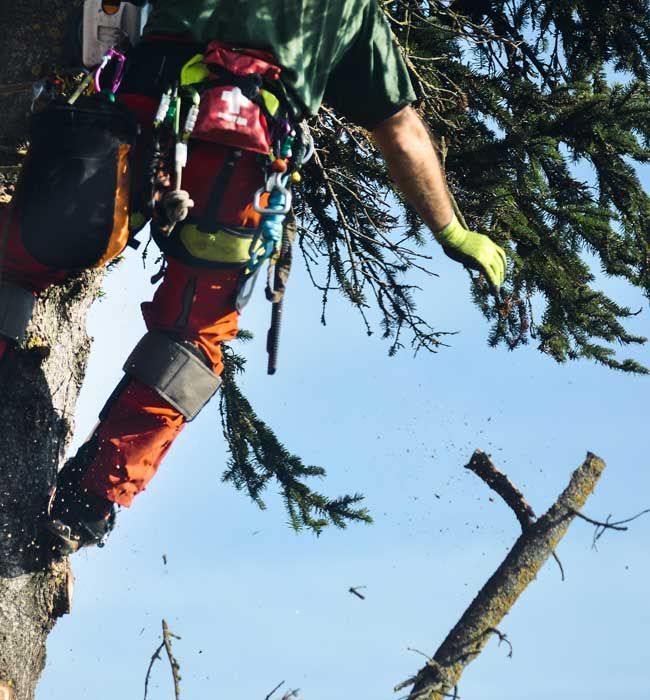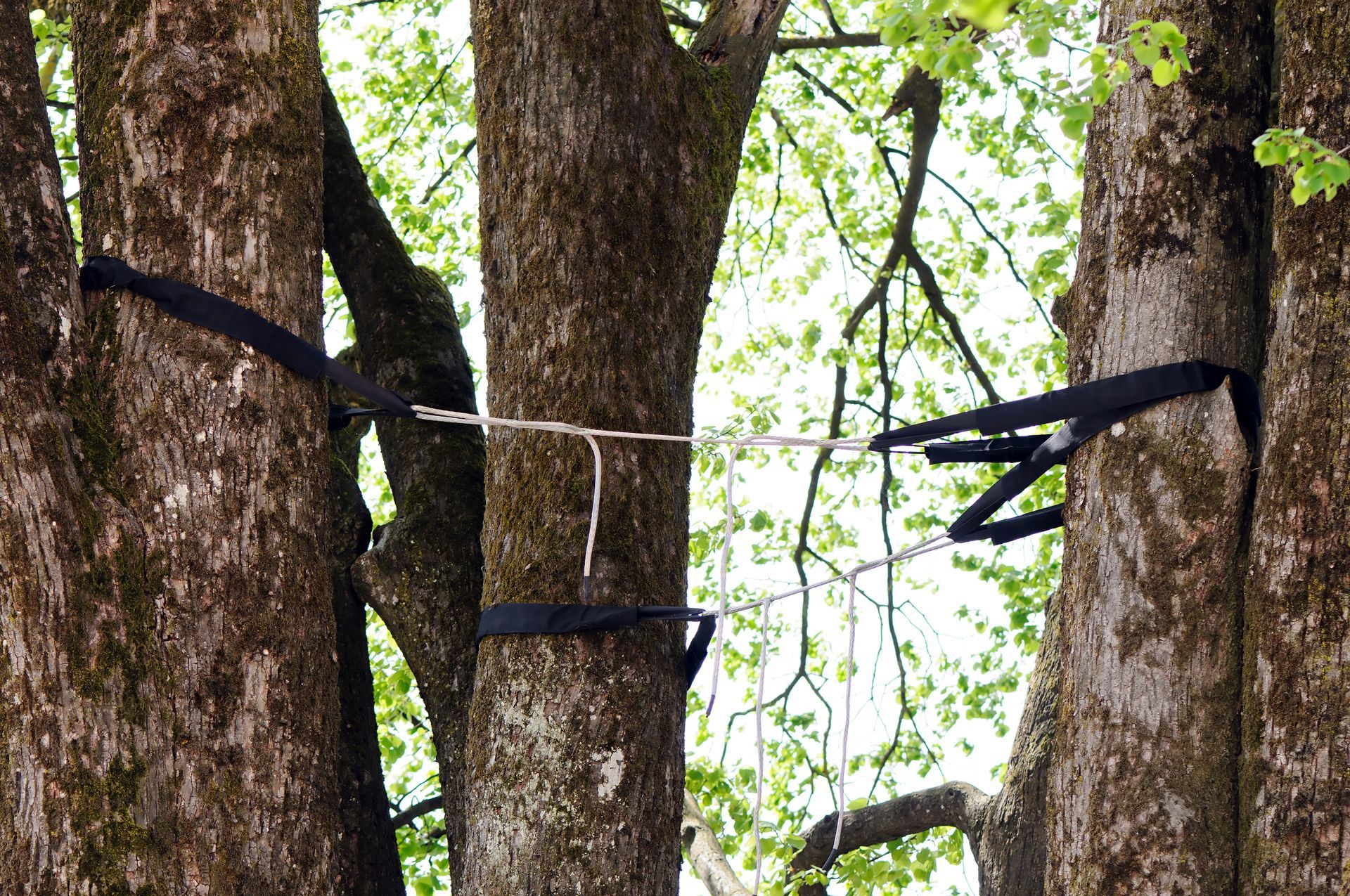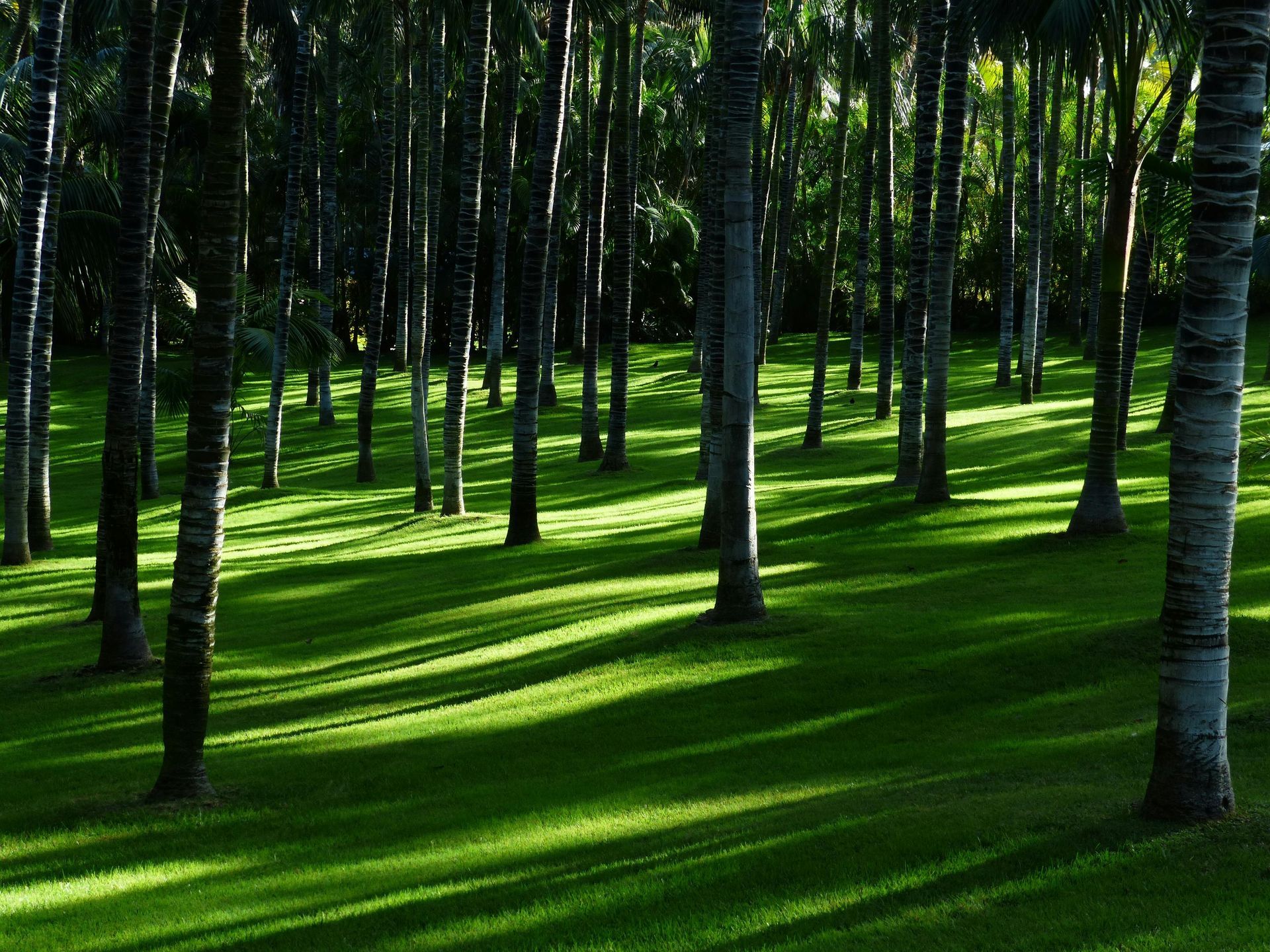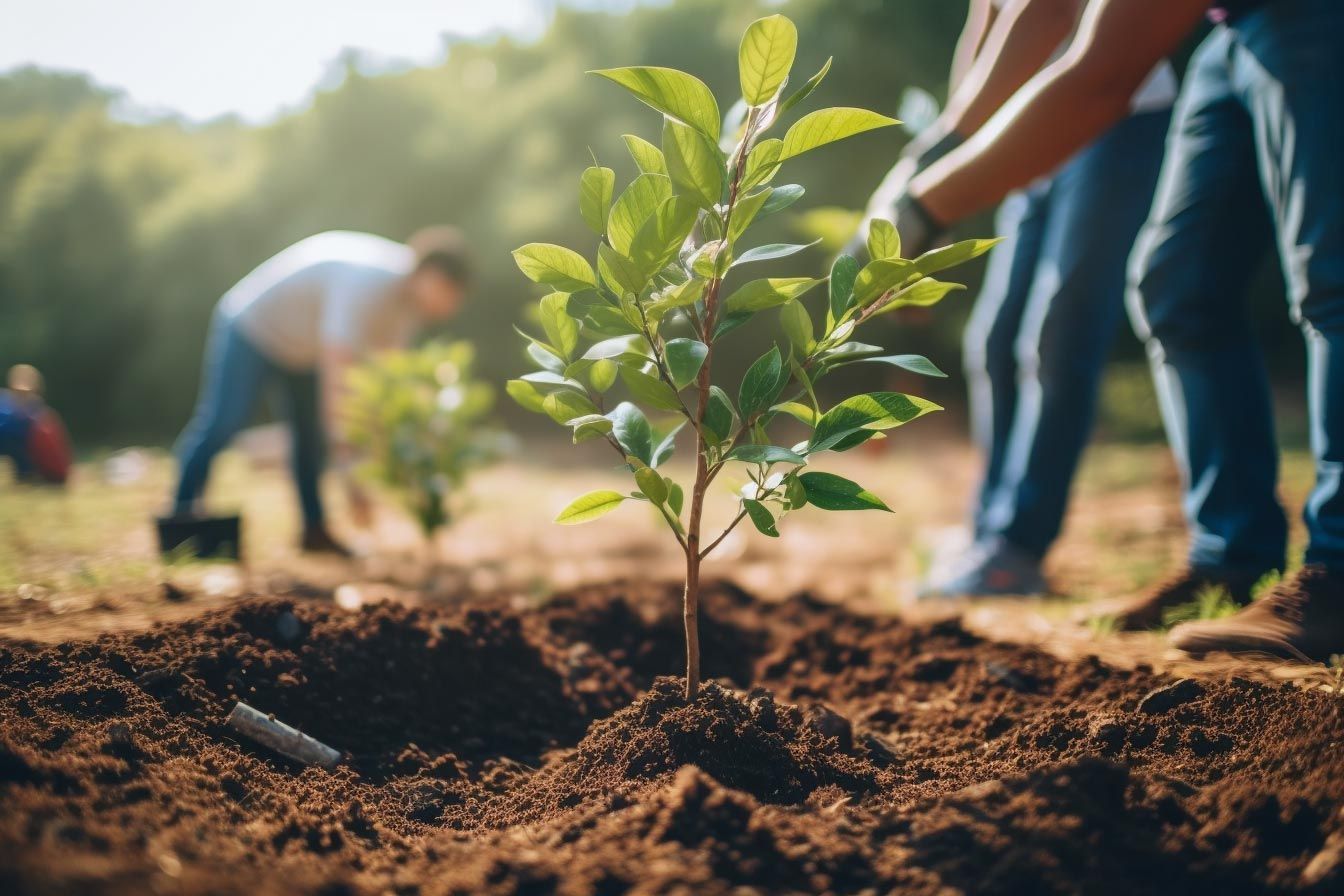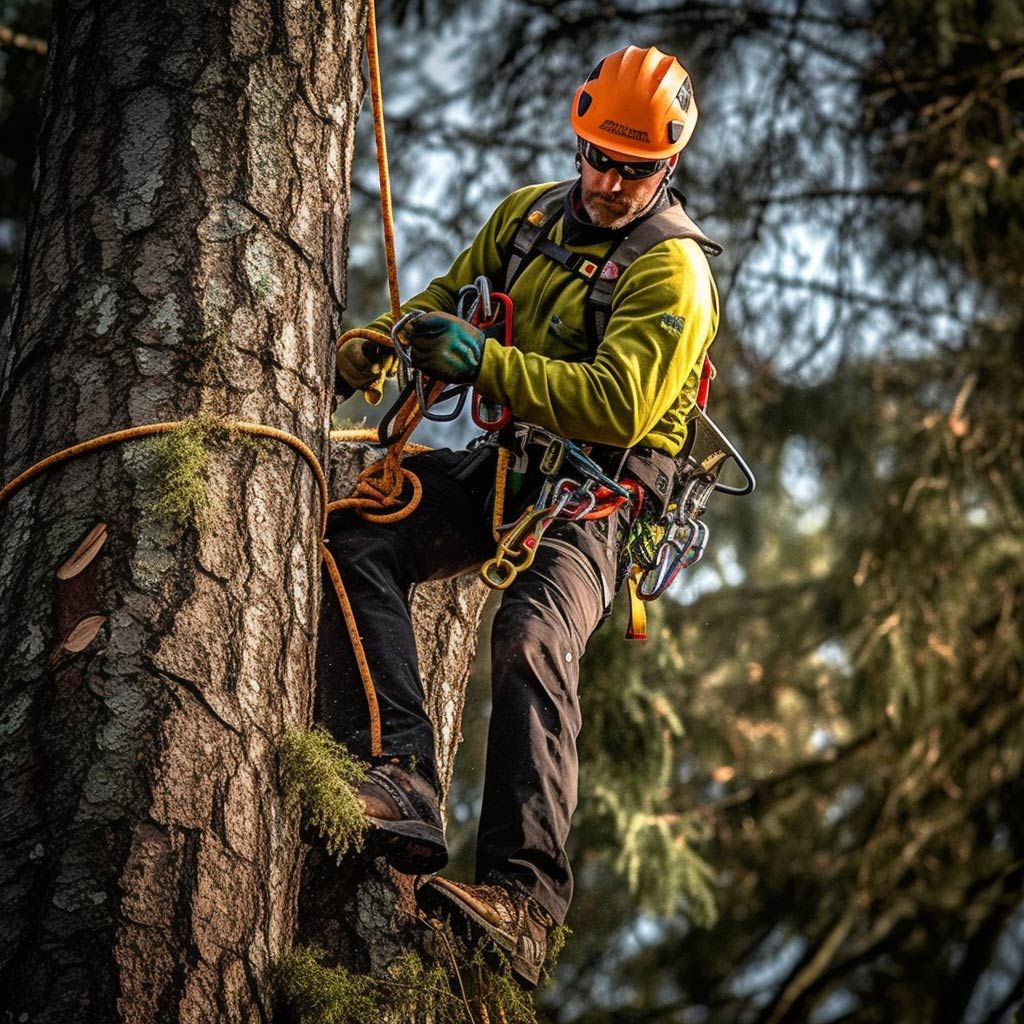Introduction
Tree maintenance is essential for the safety and aesthetic of any property. One crucial aspect is seasonal tree trimming, a practice that safeguards the health of the trees while promoting a pleasing environment. It's a strategic activity that can be the determining factor in a tree's lifespan and its ability to withstand various weather conditions.
Focusing on North Carolina, especially the Lake Norman area, the fall season emerges as the most suitable time for this endeavor. During this period, trees are in a transitional phase, gearing up for the dormant winter months. This creates an ideal scenario for tree trimming, setting a positive tone for the tree's health and the surroundings as a whole.
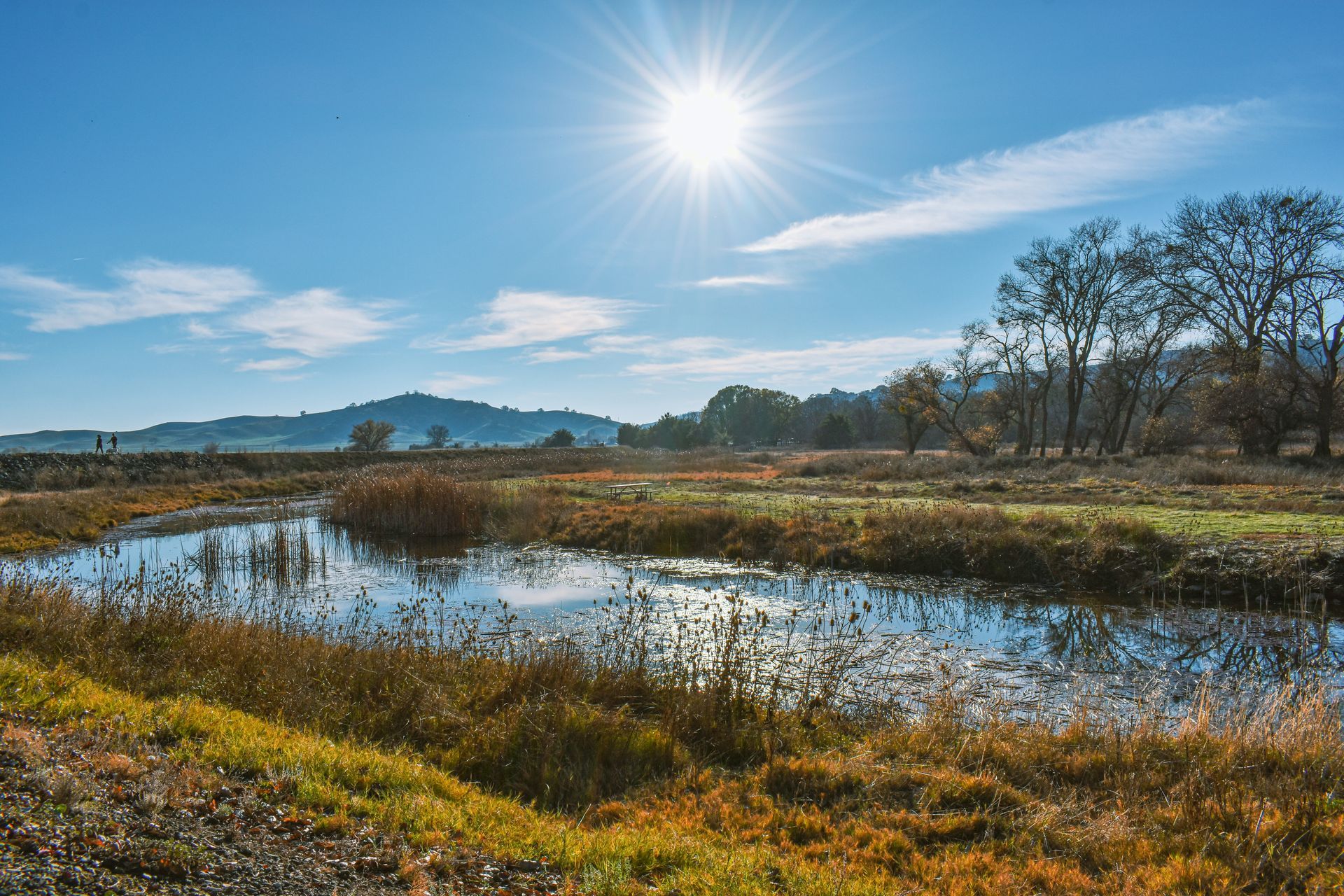
The Science Behind Fall Tree Trimming
Now that we have established the general idea behind the importance of seasonal tree trimming, it's worth delving into the scientific backdrop that particularly highlights the fall as a pivotal season for this activity. Understanding the science helps in making informed decisions and promotes tree health substantially.
- Dormancy: In fall, trees are preparing to go dormant. This period of reduced growth and metabolic activity means that trees are less stressed when trimmed, facilitating better recovery and growth in the following spring.
- Energy Reservation: During the fall, trees tend to conserve energy, which is stored to fuel growth in the upcoming spring. A well-timed trimming session in the fall can help in the efficient distribution of this reserved energy to the vital parts of the tree, enhancing its health and vitality.
- Sap Flow: Reduced sap flow in the fall makes it an excellent time for trimming. It minimizes the sticky mess that is often associated with trimming in other seasons, thus aiding in a cleaner and more efficient process.
- Wound Closure: According to a detailed guide on the science of pruning, it is suggested that pruning in the dormant season facilitates rapid wound closure, reducing the risk of disease and pest infestation, a principle well recognized in maintaining tree health.
Understanding the biological processes at play can guide you to make mindful choices for your tree maintenance, paving the way for lush, healthy, and beautiful trees in your surroundings.
Safety Considerations
With a good understanding of the scientific principles that advocate for fall tree trimming, we naturally arrive at another crucial aspect to consider, which is safety. Undertaking tree trimming in the fall carries with it a set of safety advantages, each of which contributes to a secure and successful tree maintenance experience.
Fewer Stormy Weather Concerns
The summer season in Lake Norman can be characterized by storms and high winds, a setting not very conducive for tree trimming. In contrast, fall offers a relatively calm weather pattern, providing a safe window to undertake tree trimming without the imminent threat of storms disrupting the process.
Stable Ground Conditions
Fall ensures stable ground conditions compared to the winter months, where the ground might be slippery due to snow or rain. Stability underfoot is vital to avoid accidents during the tree trimming process, making fall a preferred season for this activity.
Visibility and Accessibility
With leaves shedding during fall, it offers improved visibility, helping to identify problematic branches more easily. Plus, according to insights from a comprehensive guide on tree trimming in fall, removing the overgrown branches can prevent possible damages from winter snow and ice storms, a proactive measure to ensure safety.
Pest and Disease Management
As we consider the vibrant ecosystem of Lake Norman, it’s apparent that fall tree trimming can serve as a proactive defense mechanism against the threat of pests and diseases which are common in the area. Addressing these concerns in the fall not only safeguards the trees but also prepares them for a healthy and robust bloom in the following seasons.
Taking action in the fall is a wise decision because it helps in preventing the spread of diseases. When you remove the infected branches during this season, it halts disease progression, setting a healthy foundation for the tree. This practice plays a significant role in the growth cycle, as it ensures that trees can flourish in the coming seasons without the looming threat of diseases that might stunt their growth.
Moreover, tackling pest infestations becomes more manageable in the fall. Getting rid of dead or diseased branches means pests lose potential habitats, which naturally reduces their population and the related damage they can cause. This approach not only maintains the health of individual trees but also fosters a healthier and more beautiful environment as a whole, promising a pleasant, pest-free spring season.
Preparing Trees for Spring Bloom
As we have seen, fall tree trimming goes a long way in managing pests and diseases effectively, and this naturally leads us to think about the ultimate goal: a splendid spring bloom. Utilizing the fall season to get rid of dead or diseased branches not only maintains the tree's health throughout the winter but also sets a foundation for a vigorous spring season.
It allows trees to channel all their stored energy into sprouting vibrant new leaves and flowers when the warm weather returns. This maintenance practice is a forward-thinking approach that prepares your trees to showcase a beautiful display of life, presenting a healthy, lush, and vibrant landscape in the spring.
Local Ordinances and Permits in Lake Norman
We can’t overlook the legal side of tree maintenance as we talk about the seasonal benefits. In Lake Norman and surrounding areas, there are specific guidelines and regulations homeowners should be aware of when it comes to tree trimming and removal. Being familiar with these can save you from potential fines and ensure that you are contributing positively to the community's green environment.
The North Carolina State University Extension has a well-detailed guide that can be a handy resource for homeowners and tree service providers alike. From this resource, we gather that municipalities in North Carolina have the authority to enact tree protection ordinances, which might include provisions on tree removal, pruning, and even replacement requirements.
Furthermore, the fall season can be a strategic time to align with these regulations, as it allows for a structured approach to tree management while facilitating compliance with local ordinances. Homeowners can use this period to consult with tree service providers who are well-versed with the Lake Norman region’s specific tree care requirements, thereby ensuring a smooth and lawful tree maintenance process.
How to Choose a Tree Service Company
So, you're set to embark on your tree maintenance journey this fall, keeping in line with the community regulations we talked about earlier. But wait, who will you entrust with the important task of caring for your trees? Choosing the right tree service company is a pivotal step. Here's a little guide to help you make the best choice.
Experience
In the tree service industry, experience is a golden factor. Companies with a rich history in the business are often well-equipped to handle various challenges that come their way. They know the nuances of different tree species, the care they require, and the best ways to promote healthy growth. Opting for a seasoned company means entrusting your trees to hands that have nurtured many others to health and beauty.
Certifications
Let's talk certifications next. A company's certifications stand testimony to its commitment to professional excellence. Certified arborists and tree care safety professionals are in tune with the industry’s latest standards and best practices, promising services that are a cut above the rest. It is like choosing a doctor for your trees, one who comes with credentials that echo expertise and reliability.
Customer Reviews
Lastly, we cannot overlook what other customers have to say. Reviews serve as a window into the real experiences of individuals who have engaged with the company's services. A slew of positive feedback, accentuating the company’s professionalism and reliability can be a green signal, guiding you toward a choice that others have trusted and appreciated.
Conclusion
In reflecting on the many reasons fall emerges as the optimal season for tree maintenance in North Carolina, it becomes evident that this time of year not only fosters the most beneficial conditions for tree health but also ensures safety and adherence to local regulations. Taking the step to trim your trees during this period sets a foundation for vibrant growth in the spring, all while steering clear of the common pests and diseases that can plague trees in the Lake Norman area.
With the understanding that tree maintenance is a multi-faceted task that requires a depth of knowledge and expertise, it is heartwarming to note that services like
Clarks Tree Express are here to assist you every step of the way. Situated right in the heart of Lake Norman, NC, our team brings a blend of experience and localized know-how to every project, ensuring that your trees not only survive but thrive across seasons. As you ponder on the well-being of your trees this fall, remember that a helping hand is just a call away, ready to turn your tree maintenance journey into a hassle-free and fruitful endeavor.
Contact us now to get a free quote!
Contact Us
We will get back to you as soon as possible.
Please try again later.
CONTACT INFORMATION
Address:
6631 Olmsford Dr, Huntersville, NC 28078, United States of America
Business Hours:
- Mon - Sun
- Open 24 Hours


